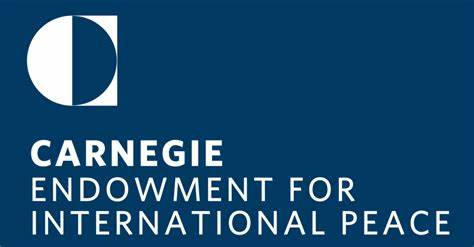Part 3 of 3 Parts (Please read Parts 1 and 2 first)
Few details are known publicly about the composition or agenda of the NCG or how it provides additional value relative to the constellation of existing deterrence consultative groups (including the DSC, EDSCG, and SCM). The S.K.’s hope is that it will serve as a kind of combined nuclear planning cell in peacetime and mechanism to consult on nuclear decisions in wartime. However, both of these alternatives are unlikely. The United States should carry out hypothetical nuclear planning with S.K. (to include target selection and attack plans, with approximate parameters). However, U.S. officials still carry an allergy to this kind of activity. Detailed planning might suffice to educate S.K.’s officials that nuclear weapons have significant limits in their ability to hold mobile, hardened, and urban targets at risk and cannot magically resolve any crisis. However, U.S. officials would hesitate to present this information on the grounds that it may be construed as a lack of resolve to use nuclear weapons. Proposals to develop a standing trilateral consultative mechanism with Japan have, unfortunately, failed to result in any concrete action.
The U.S. commitment to consult with S.K. prior to any use of nuclear weapons is the least prominent, but the most promising, development. This step is qualitatively different to existing nuclear assurance mechanisms because it directly addresses S.K.’s concerns that it will not have input into a US president’s decision on nuclear weapon use. Though S.K. will never hold the launch keys to U.S. nuclear weapons, the opportunity to have input into the decision making is the first known adjustment to the nuclear authorization process in decades and distinctive among U.S. allies. U.S. officials should continue to emphasize and expand on the idea: to formalize it as a step in the nuclear authorization process; to establish a secure video, voice, and data channel to enable detailed consultations in a crisis; and to rehearse the link. Ideally, the activity would encourage the S.K.’s NSC and MND to begin their own planning process to compare nuclear and nonnuclear response options. These steps can also better prepare President Yoon for this kind of consultation.
These are the twin failures of the Washington Declaration. First, to reassure S.K. citizens. Second, to reduce the relevance of nuclear weapons in the alliance. Nuclear assurance was doomed to fail. The summit is the swan song of nuclear assurance because there is little it could hope to accomplish without morphing into nuclear sharing, which is unlikely.
Breaking the alliance’s addiction to nuclear weapons is politically and bureaucratically difficult but could be relatively straightforward. U.S. officials would renovate existing consultative deterrence mechanisms to ensure that they contain not only nuclear experts but also a range of types of U.S. officials from across the administration. They would emphasize U.S. and S.K.’s conventional capabilities, including in high-profile trips to the region. They would also be clear with S.K.’s public about the extremely limited role nuclear weapons play in their defense. At the same time, these moves would confront the nuclear zealots in S.K.
Nuclear Weapons 848 – South Korea Seeks Reassurances About U.S. Nuclear Umbrella – Part 3 of 3 Parts

Written by
in
